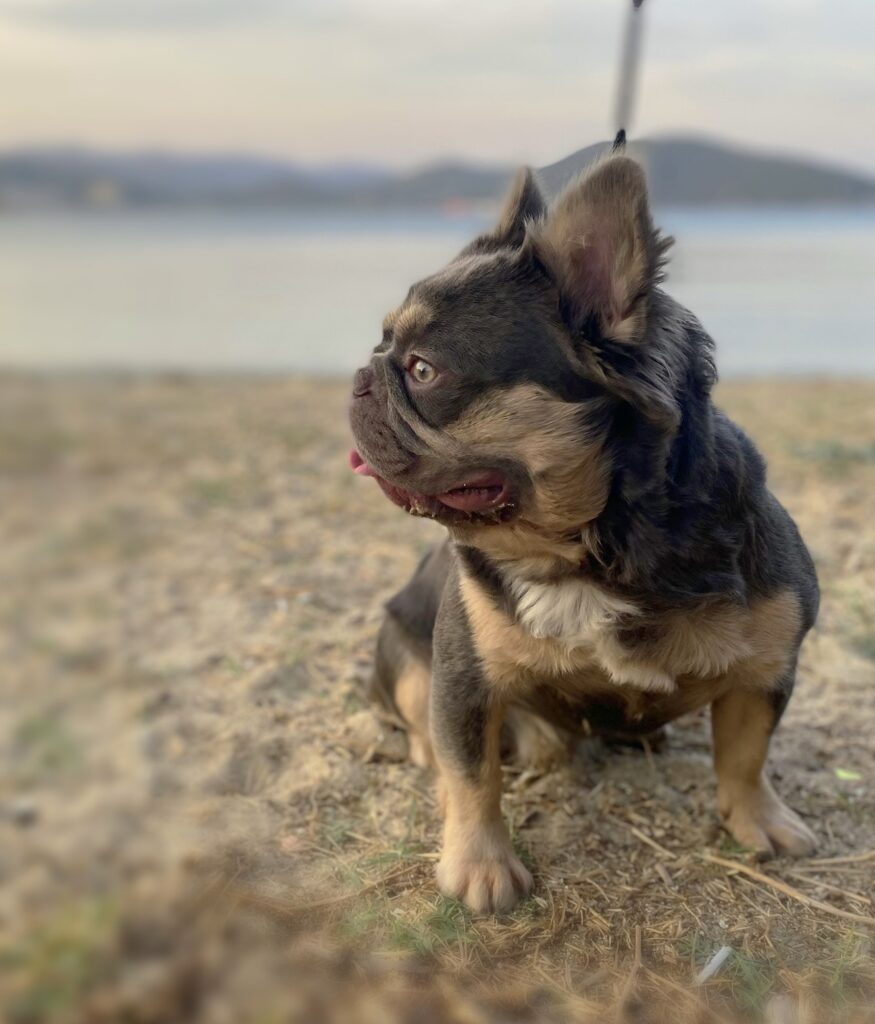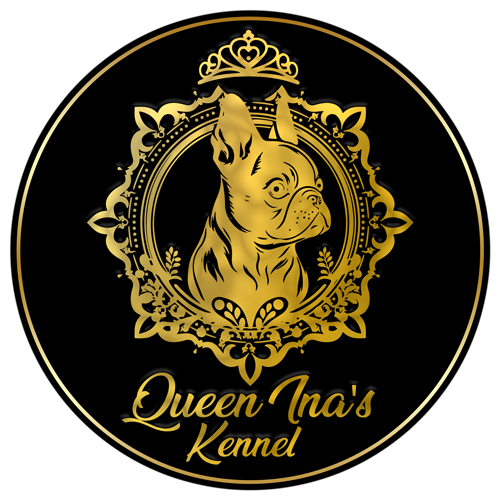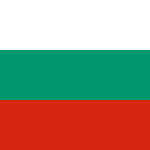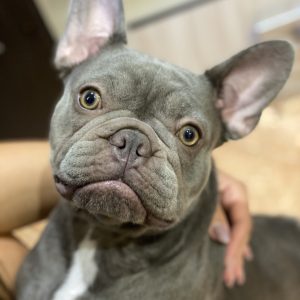The Fluffy French Bulldog is one of the most unique and intriguing dog breeds, not just because of its charming behavior and appearance but also due to its specific genetic traits. These traits give it the rare, long-haired appearance that makes it stand out among other French Bulldogs.
This variation of the French Bulldog is particularly interesting to dog lovers, breeders, and geneticists. In this article, we will explore what makes the Fluffy French Bulldog unique, the genetic basis of its coat, and the breeding and reproduction process of this special breed.
What Makes the Fluffy French Bulldog Different?
The Fluffy French Bulldog is a variation of the standard French Bulldog, but with one notable difference — its long, fluffy coat. While standard French Bulldogs have short, smooth coats, the fluffy variation features a soft, medium-length coat that gives the dog a slightly different appearance. This difference in coat does not affect the breed’s temperament or main characteristics; they remain playful, friendly, and deeply attached to their owners.
The long coat is due to a recessive gene that must be inherited from both parents to be expressed. This gene, known as the l (1-4) gene, is found in the L-locus on genetic tests. The numbers indicate different hair lengths, with 1 being the shortest and 4 the longest and fluffiest.
If both parents carry this recessive gene, their offspring can be born with a long coat. If only one parent carries the gene, the puppy will be a carrier but will still have a short coat.
How is the Long Coat Gene Inherited?

The genes that control coat length are recessive, meaning a dog must inherit two copies of this gene — one from each parent — to exhibit the long coat.
If the dog receives only one copy of the gene, it will be a carrier but will not have a long coat. This makes breeding Fluffy French Bulldogs particularly challenging because breeders must work with pairs of dogs that either carry this gene or are themselves long-haired.
Breeders often conduct genetic tests to determine if a dog carries the recessive gene for a long coat, which helps them plan successful matings. These tests are crucial when aiming for intentional breeding of Fluffy Bulldogs. Correct pairing of parents can increase the chances of producing fluffy offspring.
Breeding and Mating the Fluffy French Bulldog
Like the standard French Bulldog, the Fluffy French Bulldog may face certain challenges when it comes to breeding. One of the main reasons for this is the breed’s physical traits, such as their large heads and broad shoulders, which make natural births difficult.
Natural Mating or Artificial Insemination?
French Bulldogs, including the Fluffy variation, often require assistance during the mating process. Due to their physical structure and breathing issues, natural mating can be difficult to achieve. This is why many breeders prefer artificial insemination as a safer and more effective method.
Artificial insemination (AI) involves collecting semen from the male and introducing it into the female’s reproductive tract when she is at the right stage of her cycle. This method reduces stress on the animals and increases the likelihood of successful mating.
Pregnancy and Birth
Due to the physical characteristics of Bulldogs, pregnancy and birth can be risky. Female French Bulldogs, including the Fluffy variety, often require a cesarean section to safely deliver their puppies. This procedure is standard for the breed because the puppies’ heads are usually larger than the mother’s pelvic canal, making natural birth difficult.
For breeders, this is an important aspect to consider when breeding Fluffy French Bulldogs. Working with experienced veterinarians who can monitor pregnancy and perform C-sections if needed is crucial.
Pros of the Fluffy French Bulldog
- Unique Appearance: The long, fluffy coat makes it unique and highly attractive, distinguishing it from the standard French Bulldog.
- Friendly Temperament: They are just as loving, social, and affectionate as their short-haired counterparts. They make great family dogs and enjoy spending time with people.
- Compact Size: Despite their appearance, Fluffy French Bulldogs remain a compact breed suitable for urban environments and apartments.
- Low Activity Level: This breed does not require much physical activity, making it ideal for people with a more sedentary lifestyle or limited space for play.
- Loyalty: They are known for their loyalty and attachment to their owners, often becoming wonderful companions and protectors of the family.
How to Choose a Fluffy French Bulldog Breeder?
If you have decided to become the owner of a Fluffy French Bulldog, it is essential to choose the right breeder. Always opt for breeders who conduct genetic testing and who prioritize the health and well-being of both the parents and their offspring.
Proper breeding is not just about appearance but also about the health and welfare of the animals. At our kennel, we also have a Fluffy French Bulldog named Legend, who is open for stud. On his page, you can see that his mother does not express the fluffy gene but is a carrier, while his father is a visual fluffy. This results in 50% Fluffy puppies and 50% carriers of the fluffy gene. Legend is a visual fluffy because he carries one l4 copy from his mother and one l4 copy from his father.
How Much Does a Fluffy French Bulldog Cost?
The price can vary depending on factors such as pedigree, health, and upbringing.
Generally, these dogs are more expensive than standard French Bulldogs, with prices ranging from around $3,000 to $7,000 or even more.
It is essential to ensure that you are purchasing from a reputable breeder who cares for the animal’s health and well-being.

Conclusion
The Fluffy French Bulldog is an extraordinary variation of the breed that combines the classic charm of the French Bulldog with the unique appearance of a long coat. Understanding the genetic foundations of the long coat and the challenges associated with breeding this breed is key to successfully and responsibly breeding Fluffy Bulldogs.






